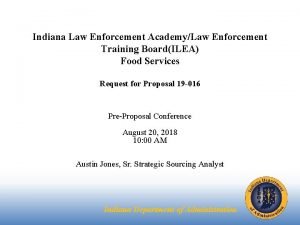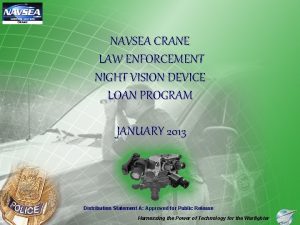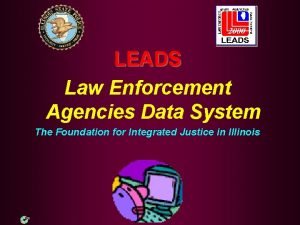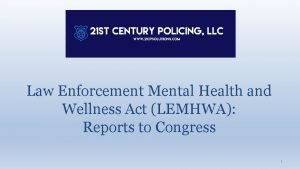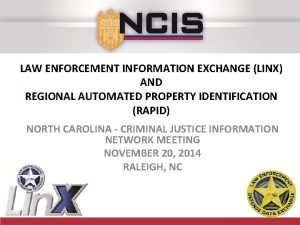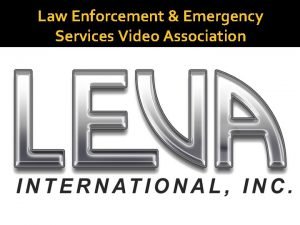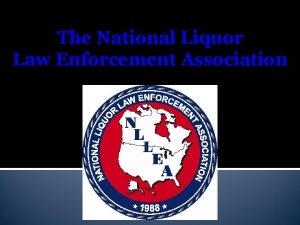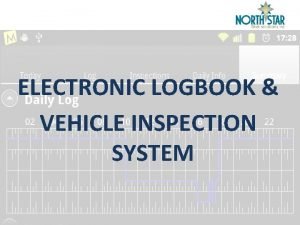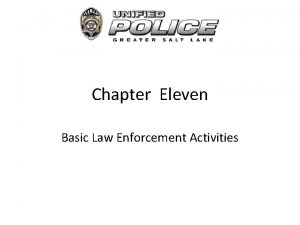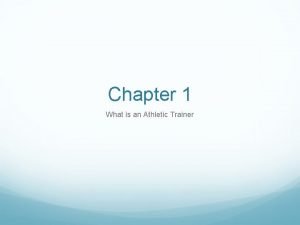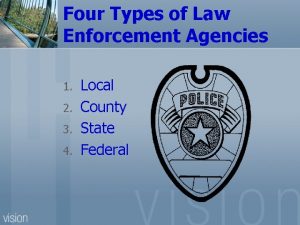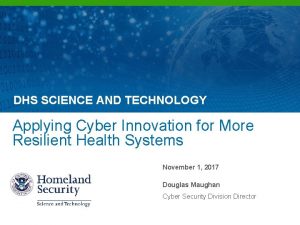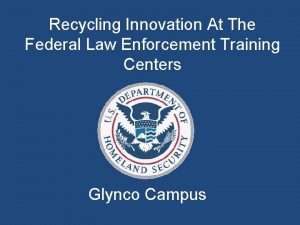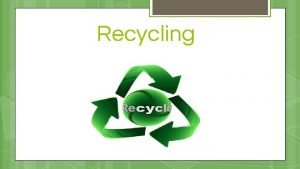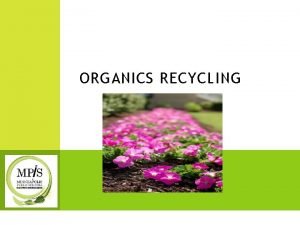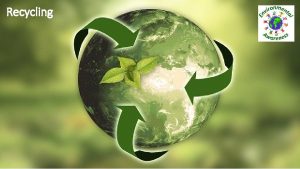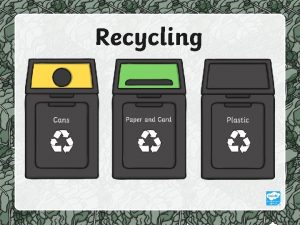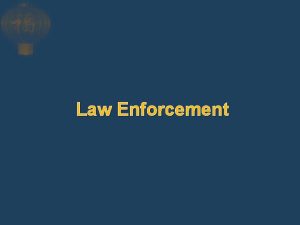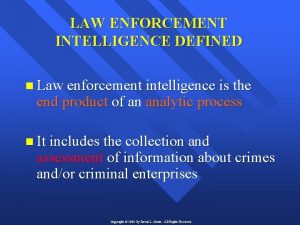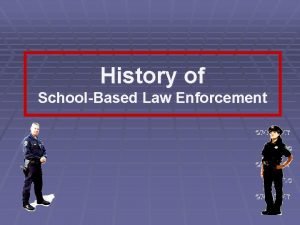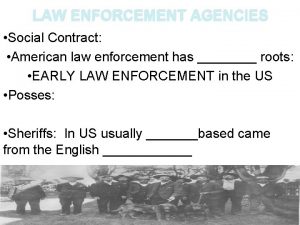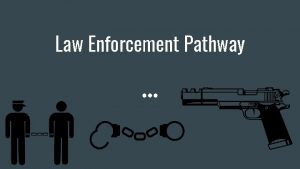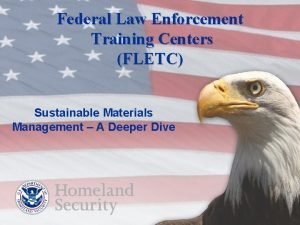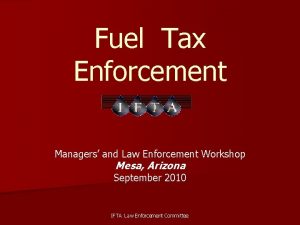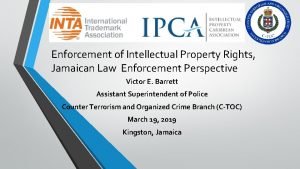Recycling Innovation At The Federal Law Enforcement Training

















- Slides: 17

Recycling Innovation At The Federal Law Enforcement Training Centers Glynco Campus

Stephen W. Brooks Chief Assets and Logistics Management Division Federal Law Enforcement Training Centers (912) 267 -2893

Prior to the establishment of a recycling program at the Glynco campus, the only solid waste generated from law enforcement firearms training being recycled were brass casings while the frangible bullet dust and lead bullet fragments were handled as hazardous waste.

The paper targets, cardboard target backers, plastic ammunition trays, and paperboard ammunition boxes from law enforcement firearms training were all tossed into the trash dumpster and hauled to the local landfill for disposal.

A paradigm shift was required for the innovation to begin. The shift was from thinking all the solid waste generated from firearms training was “trash” and should be discarded as such to thinking those items contained “value” in the recycling marketplace.

Value in what was previously seen as trash • Polypropylene (PP): 8, 722 lbs. / $2, 865. 60 • Polyethylene (PE) 6, 662 lbs. / $1, 126. 80 • Polystyrene (PS) 14, 323 lbs. / $5, 318 • Old Corrugated Cardboard (OCC): 64, 096 lbs. / $4, 093. 09

The shift in thinking began in earnest in November 2013, when the FLETC’s Assets and Logistics Management Division (ALM) in collaboration with the Firearms Division (FAD) and Sustainability Officer initiated a pilot recycling project on two firearms ranges

Once the process and procedures for collection of commodities was refined the project was expanded to all 15 FLETC firearms ranges. Cardboard target backers, paper targets, plastic bullet trays, and paperboard ammunition boxes were collected and transported to Building 2400 for processing.


To facilitate the shift in thinking that solid waste was recyclable containers were placed on all firearms ranges for collecting those items previously disposed of in a dumpster.

Lead bullet fragments and frangible bullet dust moved removed from the hazardous materials arena to that of recyclable commodities. Instead of paying to dispose of them they are now a positive revenue stream to support the overall recycling program.

Non-Lethal Training Ammunition

Non-Lethal Training Ammunition Mobile Thermal Treatment Unit

Effectiveness • Of the eight categories of solid waste generated from FLETC law enforcement firearms training, , or 87. 5%, are being recycled and are now generating a revenue stream for sustaining the FLETC recycling program. This is a significant accomplishment in that prior to the concerted recycling effort, the FLETC paid to have these items removed from the Center and deposited into the local landfill. • With all frangible bullet waste, expended lead bullet fragments, cardboard target backers, paper targets, and plastic ammunition inserts, and paperboard ammunition boxes being recycled, FLETC firearms training is approximately 95. 3% sustainable.

Through FY 2014 and until Q 3 of the 2015 calendar year, following commodities were collected and sold generating revenue: • • • Polypropylene (PP): 8, 722 lbs. $2, 865. 60 Polyethylene (PE): 6, 662 lbs. $1, 126. 80 Polystyrene (PS): 14, 323 lbs. $5, 318 Old Corrugated Cardboard (OCC): 66, 038 lbs. $5, 408. 53 Standard Office Paper (SOP): 3, 183 lbs. $423. 40 Wood: 52 useable pallets $52. 00 • • Metals: 10, 904. 38 lbs. $13, 523. 73 Batteries: 2, 075 lbs. $795. 30 Brass: 63, 557 lbs. $90, 524. 55 Frangible Dust: 76, 237 lbs. $76, 922. 08

Questions?

Shifting paradigms and the recycling program at FLETC http: //www. federaltimes. com/story/governm ent/solutions-ideas/2015/03/09/fletc-glyncorecycling-program/24657977/
 Ilea dishes
Ilea dishes Mysite socccd
Mysite socccd Radical innovation vs disruptive innovation
Radical innovation vs disruptive innovation Texas commission on law enforcement
Texas commission on law enforcement Night vision lease program
Night vision lease program Leads database law enforcement
Leads database law enforcement Lemhwa report to congress
Lemhwa report to congress Law enforcement linx
Law enforcement linx Law enforcement video association
Law enforcement video association Valeap
Valeap Nllea
Nllea Law enforcement information exchange
Law enforcement information exchange Digital logbook maintenance and inspection
Digital logbook maintenance and inspection Military and law enforcement
Military and law enforcement Military and law enforcement
Military and law enforcement Law enforcement agencies
Law enforcement agencies Law enforcement first responder
Law enforcement first responder Law enforcement agency
Law enforcement agency
